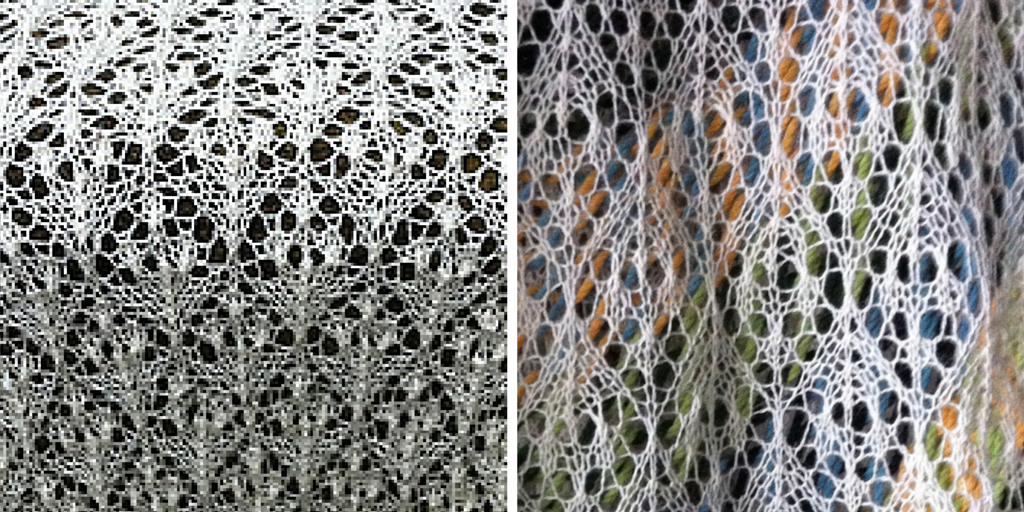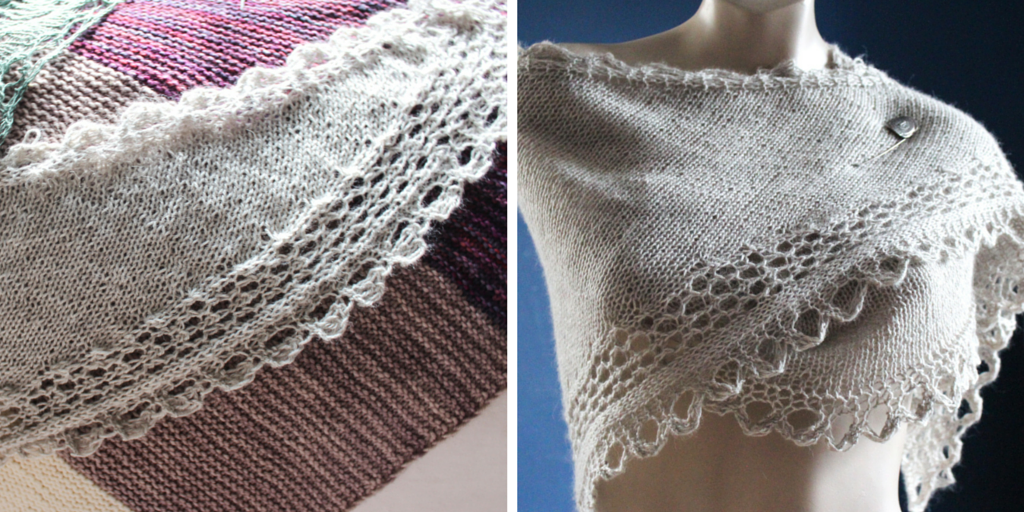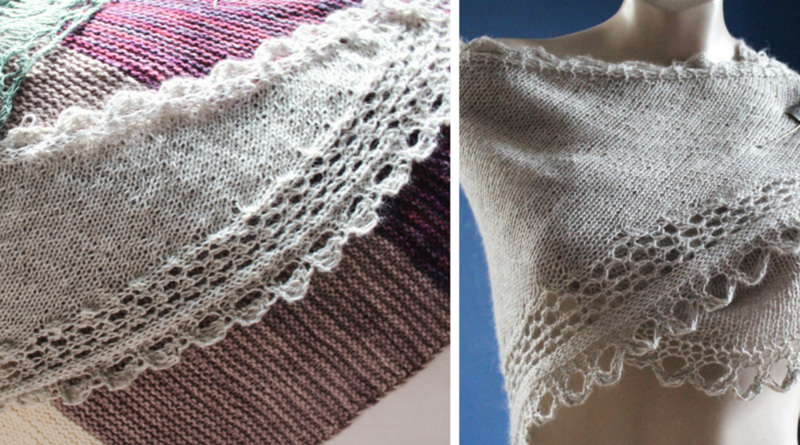Blocking Your Knitting
“Weave in ends and block gently.”
This sentence ends many knitting patterns. We talked about weaving in ends recently, so what the heck is blocking?
Blocking your knitting means washing it gently – or just making it damp, by spraying on water for instance – and laying it flat to dry in the final shape you want to achieve.
The last bit is very important and generally means applying some force, usually by pinning the finished piece of knitting down onto a surface pins are able to attach to.
When blocking your knitting, you should make sure to pay attention to every detail – pin down each single tooth of your sawtooth edging, for example.
How Does Blocking Your Knitting Work?
During knitting, tension is added when creating the fabric. Blocking takes out this tension from the knitting, fixating it into the state it has been put when pinned down.
Why You Should Always Block Your Knitting
Finished items always look better after blocking, especially when it comes to complicated stitch patterns. Knitted lace is a very good example and so are cables. The two pictures below show details of specific shawls before and after blocking.

The first one shows my pattern Alpine Fuchsia Stole before and after blocking. The second one below shows the first pattern for the Plant Anatomy project: Cell Vortex.

What’s your favorite blocking method? Let me know by leaving a comment below!

